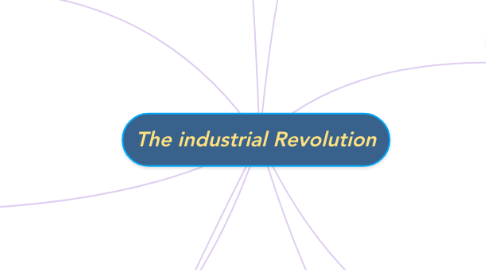The industrial Revolution
por Roberta Fiorentino


1. 5.How industralisation contributed to the development of Britain
1.1. Technology improved production
1.2. Railway and canals allowed for the movement of goods and people to be quicker and more efficent
2. 6.Population movement during the Industrial Revolution
2.1. Human and animal labour replaced by steam
2.2. People moved from country villages to towns and cities
2.3. Factory system and new machines made the production of textiles quicker,more efficent
2.4. People were forced to seach work in cities because argicolutural revolution left many peolpe without jobs
3. 7.Changes to the way of life
3.1. With the move to towns living condition got very crowded and unsanitry
3.1.1. Water was dirty,food was expensive and poor quality
4. 8.Working conditions
4.1. Workers were considered an expendable source - it was cheaper to replace a worker than install safty devices
4.1.1. Women and children were preferred as worker as they were paid less and could get into tight spaces in machinery
5. 9.Positive and Negative impacts of the Industrial Revolution
5.1. Increased use of fossil fuels and increased emission of gases - led to smog and air pollution
5.2. New technologies
5.3. Population growth
5.4. Water pollution
5.5. Industry
5.6. Urbanisation
6. 1.Why did the Industial Revolution begin in Britain?
6.1. Change to Tansport
6.1.1. Creation of railways and canals allowed materials to be moved quickly and easily.
6.2. Changes to energy,machinery and scale
6.2.1. New inventions and techniques that changed the way coal and steel were formed
6.2.2. Many small workshops employing few people turned into large factories employing hundreds of people
6.3. Success of colonies
6.3.1. Massess of resources draw from empires as a result
6.3.1.1. Colonies provided new markets for manufactured goods

